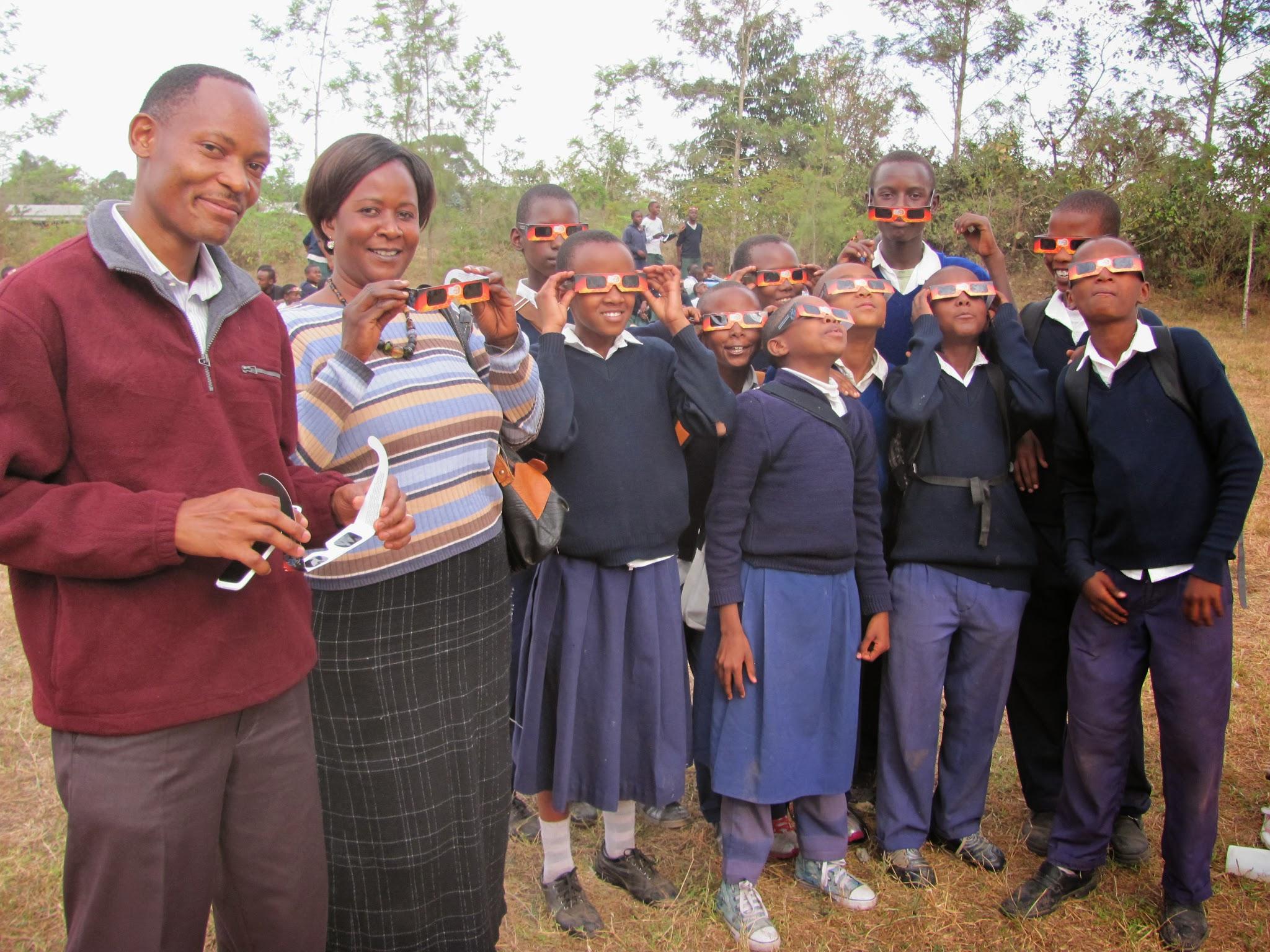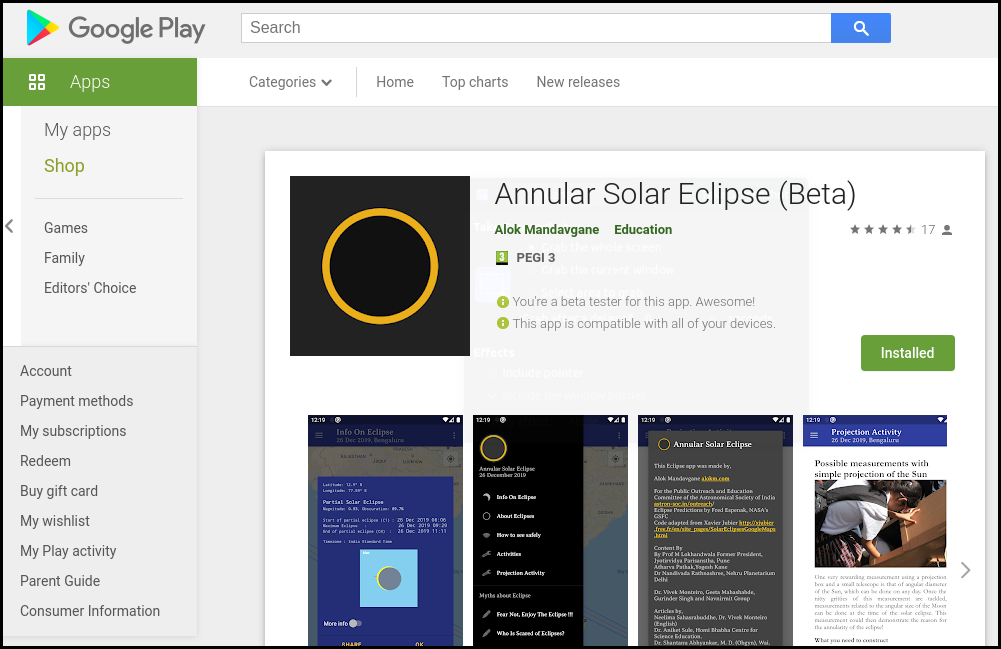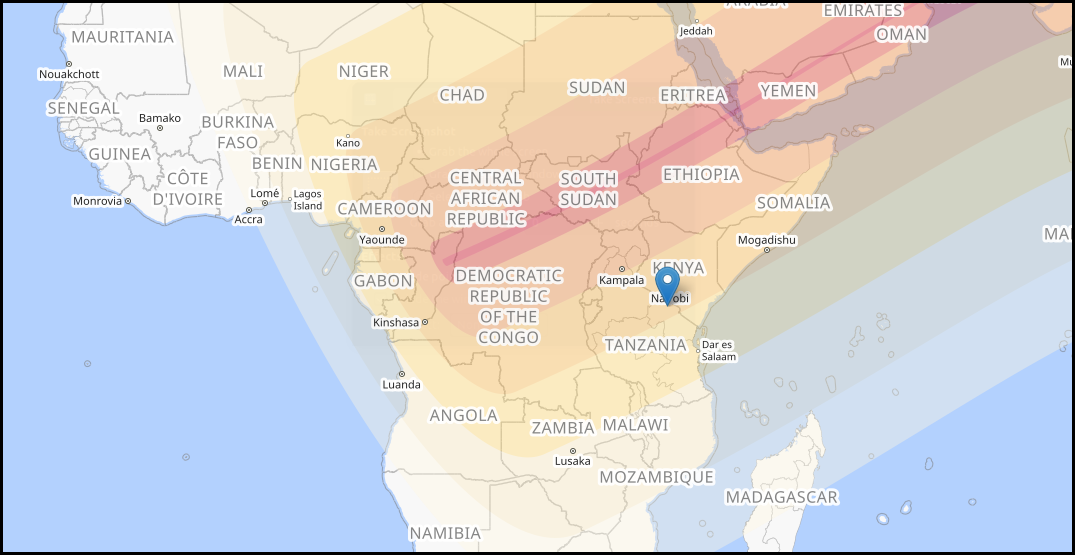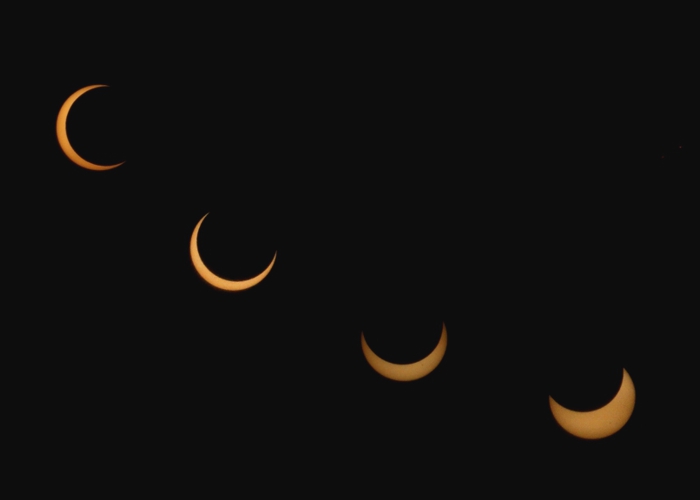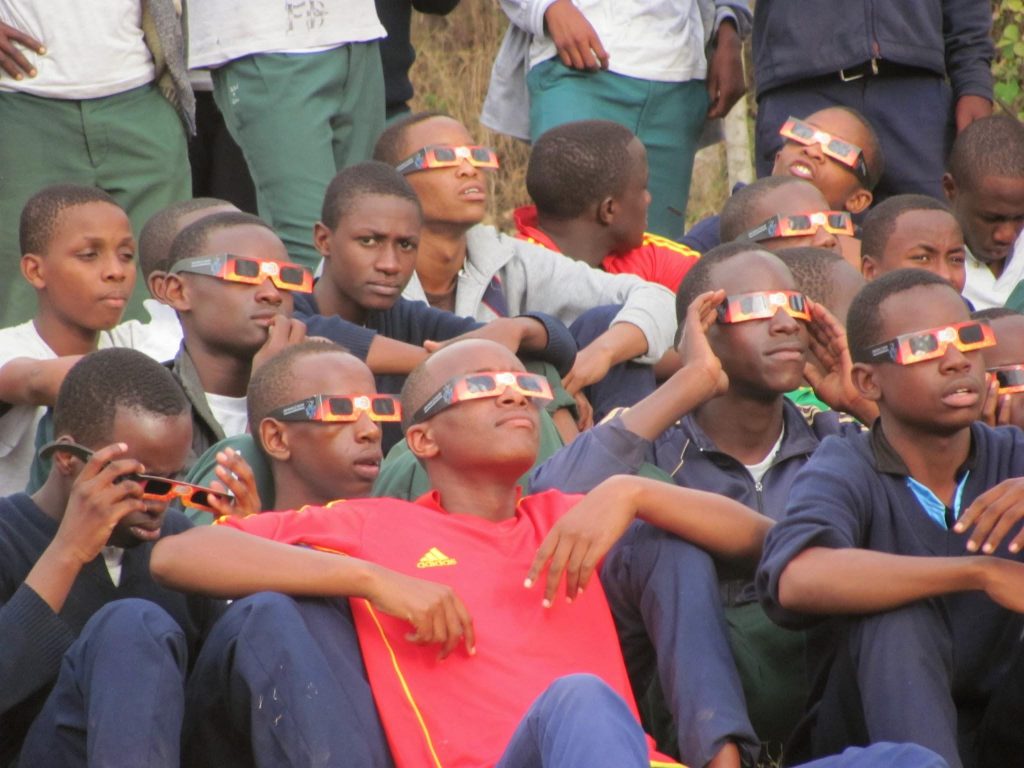
As the Ailangs school is not yet in session, and the boarding students not yet returned to campus due to COVID-19, ambassadors Zacharia, Eliona, Pendaeli, OSEO Board member Thomas Mbise, and just a few local students came together at the Mt. Meru Astronomical Observatory (maintaining relative safe distance) to observe the Annular Solar Eclipse of June 21, 2020.
While we were challenged by the cloud cover, it opened up a few times to enable us to view the movement of the Moon relative to the face of the Sun a number of times. We were able to post a series of photos to our Facebook event, as also shared here.
During the event we enjoyed watching live feeds from astronomy clubs across Africa, as hosted by the African Astronomical Society (AfAS). And for all the resources compiled (a book and Android app translated into multiple languages, posters, notices, and more) we thank the expert hands and dedicated effort of Niruj of AfAS, Susan and Chu of the Traveling Telescope project, Dr. Jiwaji of the Open University of Tanzania; Sivuyile, Cedric, and Thembela of the South African Astronomical Observatory, and Mponda, Zacharia and the Ambassadors of MMAO, and so many more!
This was exciting for the opportunity to view such a splendid celestial event, and equally exciting to see people from so many countries working together for the celebration of science, education, and astronomy.
The final two images in this gallery are from the Traveling Telescope project in Kenya.
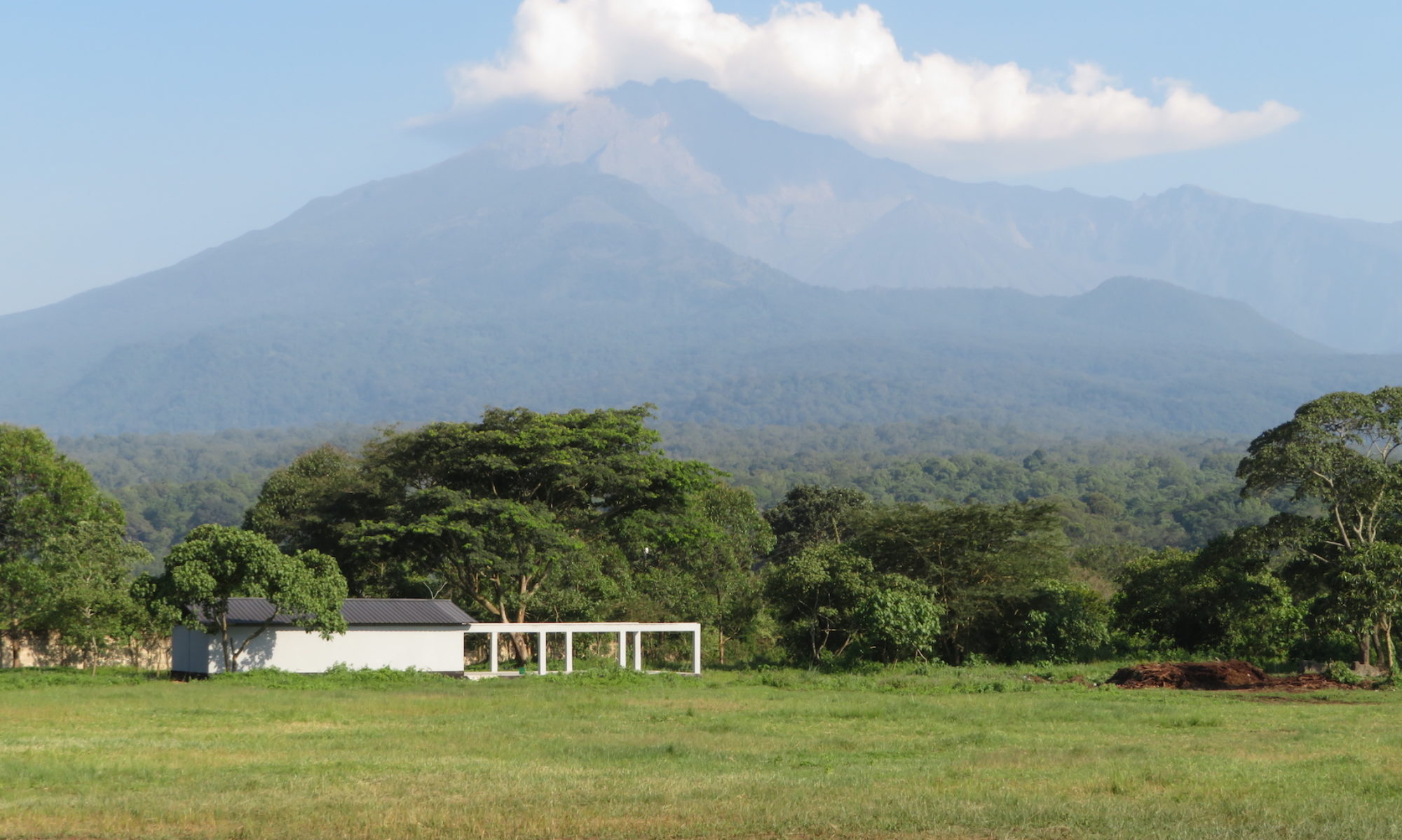
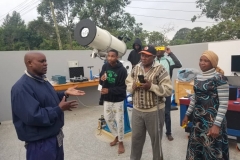
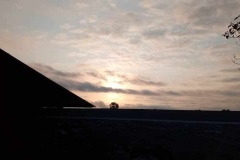
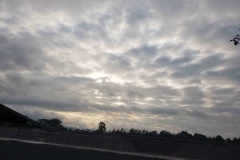
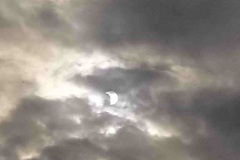
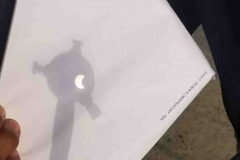
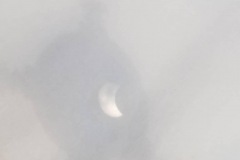
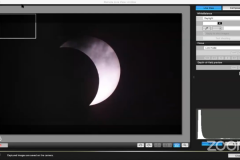
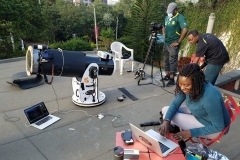
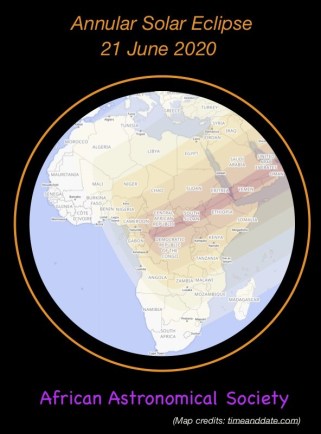 The African Astronomical Society is coordinating a pan-African public campaign for the 21 June solar eclipse in collaboration with outreach experts across the continent. It has made several resources available in Kiswahili, Amharic, and English.
The African Astronomical Society is coordinating a pan-African public campaign for the 21 June solar eclipse in collaboration with outreach experts across the continent. It has made several resources available in Kiswahili, Amharic, and English. 